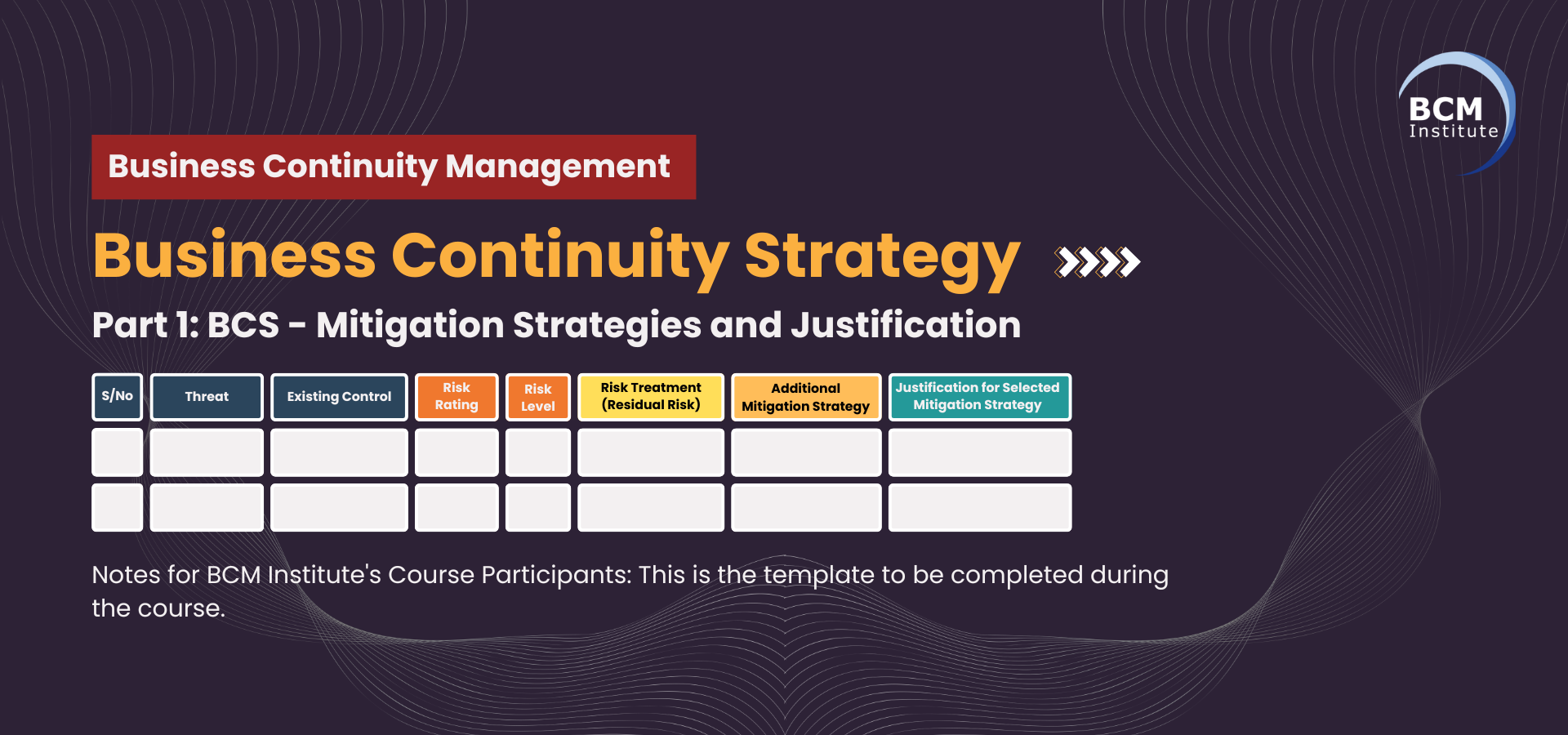Introduction
In Singapore’s fast-paced and highly regulated environment, childcare providers like Kinderland face a dynamic array of risks that could disrupt operations, compromise safety, or damage trust.
From public health crises like disease outbreaks to emerging cyber threats and environmental hazards, proactive risk management is critical to safeguarding children, staff, and the organisation’s reputation.
This chapter outlines a structured framework to address these threats, aligning with industry best practices and Singapore’s stringent childcare standards.
By evaluating existing controls, residual risk levels, and actionable mitigation strategies, Kinderland can strengthen its resilience while maintaining compliance with agencies like the Early Childhood Development Agency (ECDA).
The table below synthesises tailored solutions for prioritised threats, supported by justifications rooted in practicality and regulatory alignment.
This approach ensures Kinderland remains a trusted partner for families, even in the face of evolving challenges.
|
Threat |
Existing Controls |
Risk Rating (Before Controls) |
Risk Level (After Controls) |
Risk Treatment (Residual Risk) |
Additional Mitigation Strategy |
Justification for Selected Mitigation Strategy |
|
Disease Outbreaks (e.g., COVID-19) |
Regular health screenings, vaccination mandates, and enhanced hygiene protocols. |
High |
Medium |
Accept with monitoring |
Implement contact tracing systems and staggered attendance schedules. |
Reduces transmission risk by isolating cases early and limiting group sizes. |
|
Data Breach/Cyberattacks |
Firewalls, encrypted databases, and restricted access to sensitive information. |
High |
Medium |
Mitigate |
Conduct biannual cybersecurity audits and staff training on phishing/scams. |
Addresses human error (a leading cause of breaches) and ensures systems are updated. |
|
Child Accidents/ Injuries |
Safety protocols (e.g., padded play areas, staff-to-child ratios), and first-aid training. |
High |
Medium |
Mitigate |
Monthly safety drills and real-time incident reporting via mobile apps. |
Enhances emergency preparedness and speeds up response times. |
|
Staff Shortages/ Turnover |
Competitive salaries, flexible work arrangements. |
Medium |
Medium |
Retain |
Career development programs (e.g., subsidised certifications) and mentorship initiatives. |
Improves retention by fostering loyalty and professional growth. |
|
Natural Disasters (e.g., floods, haze) |
Flood-resistant infrastructure, air quality monitors, and evacuation plans. |
Medium |
Low |
Accept |
Install backup power generators and stockpile N95 masks/haze kits. |
Ensures continuity of operations during prolonged haze or power outages. |
|
Supply Chain Disruptions |
Contracts with multiple vendors for critical supplies (e.g., food, sanitisers). |
Medium |
Low |
Share |
Partner with local suppliers and maintain a 2-week emergency inventory buffer. |
Reduces dependency on international logistics and delays. |
|
Reputational Damage |
Transparent parent communication channels, regular feedback surveys. |
Medium |
Low |
Accept |
Proactive social media monitoring and crisis communication training for management. |
Enables swift response to misinformation and maintains trust. |
|
Regulatory Non-Compliance |
Internal audits, compliance officers, and staff training on childcare regulations. |
Low |
Low |
Accept |
Engage legal consultants for quarterly regulatory updates and policy reviews. |
Ensures adherence to evolving Singaporean childcare laws (e.g., ECDA guidelines). |
Notes:
- Risk Ratings: Based on likelihood and impact (e.g., High = severe disruption; Low = minimal operational impact).
- Risk Treatment: Options include Accept, Mitigate, Transfer (e.g., insurance), or Avoid.
- Justification: Aligns with Singapore’s context (e.g., haze preparedness, ECDA compliance) and childcare-specific vulnerabilities.
For detailed methodologies, refer to BCMpedia’s Mitigation Strategies. Adjust strategies based on Kinderland’s specific risk appetite and resource availability.
The mitigation strategies outlined in this chapter underscore Kinderland’s commitment to balancing operational efficiency with unwavering safety standards.
By addressing high-priority threats—from infectious diseases to reputational risks—the proposed measures reduce vulnerabilities and foster a culture of preparedness.
Existing controls, such as health screenings and cybersecurity protocols, provide a strong foundation, while additional strategies, such as staff training, local supply chain partnerships, and crisis communication plans, address residual risks.
Importantly, these recommendations are not static.
Regular reviews, guided by frameworks such as those from BCMPedia, will ensure Kinderland adapts to Singapore’s evolving risk landscape, whether from climate-related disruptions or new regulatory requirements.
Collaboration with stakeholders—parents, staff, and government bodies—will further enhance accountability and transparency.
Ultimately, this holistic approach positions Kinderland to navigate uncertainties confidently, ensuring continuity of care and preserving its leadership in Singapore’s early childhood education sector. By prioritising resilience today, Kinderland invests in a safer, more sustainable tomorrow for every child under its stewardship.



![Banner [BCM] [E3] [BCS] [T1] Mitigation Strategies](https://no-cache.hubspot.com/cta/default/3893111/fdc7087d-c996-4bf1-9dbb-59f7d2ba89c5.png)


![Banner [Table] [BCM] [E3] [BCS] [T1] Mitigation Strategies](https://no-cache.hubspot.com/cta/default/3893111/126d86fd-4977-4d69-8e44-fe000291f236.png)
![Banner [BCM] [E3] [BCS] [Summing Up] [T1] Mitigation Strategies](https://no-cache.hubspot.com/cta/default/3893111/c2542a7f-6d92-4371-93ba-348e87d8c1ce.png)
![[BCM] [KL] [E3] [BIA] Corporate MBCO](https://no-cache.hubspot.com/cta/default/3893111/0b61975a-5108-49c9-82a6-1c383be3da14.png)
![[BCM] [KL] [E3] [BIA] [PS] Key Product and Services](https://no-cache.hubspot.com/cta/default/3893111/c2a21dcd-a74c-4d8d-ac7d-094062d8b15e.png)
![[BCM] [KL] [E3] [RAR] [T1] List of Threats](https://no-cache.hubspot.com/cta/default/3893111/c495a8b1-dfdc-4580-a5f7-30076d8a0f87.png)
![[BCM] [KL] [E3] [RAR] [T2] Treatment and Control](https://no-cache.hubspot.com/cta/default/3893111/b94ad2b3-675a-456e-9076-b39c23a7ecfe.png)
![[BCM] [KL] [E3] [RAR] [T3] Risk Impact and Likelihood Assessment](https://no-cache.hubspot.com/cta/default/3893111/92c3a0b7-113f-492a-a54c-c1c40893b449.png)
![[BCM] [KL] [E3] [BCS] [T1] Mitigation Strategies and Justification](https://no-cache.hubspot.com/cta/default/3893111/cfcf241e-c2f1-422b-9b2a-017d89fcc303.png)
![[BCM] [KL] [E3] [C1] Starting Your BCM Implementation](https://no-cache.hubspot.com/cta/default/3893111/ba3e549e-5e98-4742-9bb4-1f6eddee63f0.png)


![Register [BL-B-3]*](https://no-cache.hubspot.com/cta/default/3893111/ac6cf073-4cdd-4541-91ed-889f731d5076.png)



![FAQ [BL-B-3]](https://no-cache.hubspot.com/cta/default/3893111/b3824ba1-7aa1-4eb6-bef8-94f57121c5ae.png)
![Email to Sales Team [BCM Institute]](https://no-cache.hubspot.com/cta/default/3893111/3c53daeb-2836-4843-b0e0-645baee2ab9e.png)





